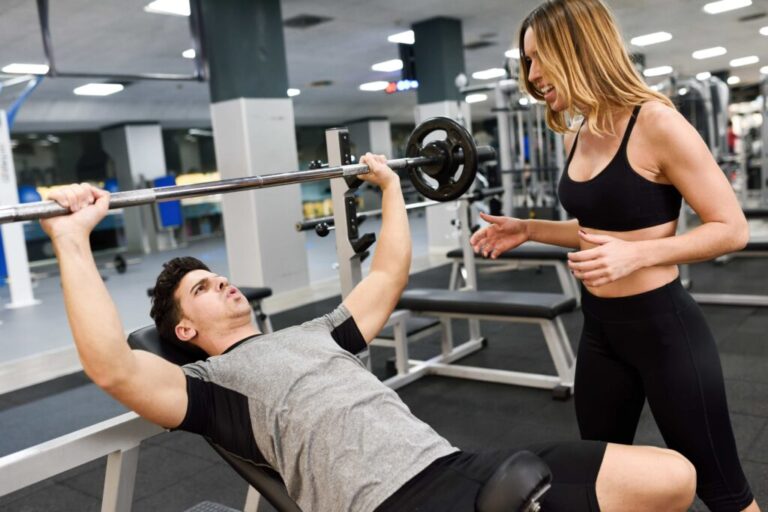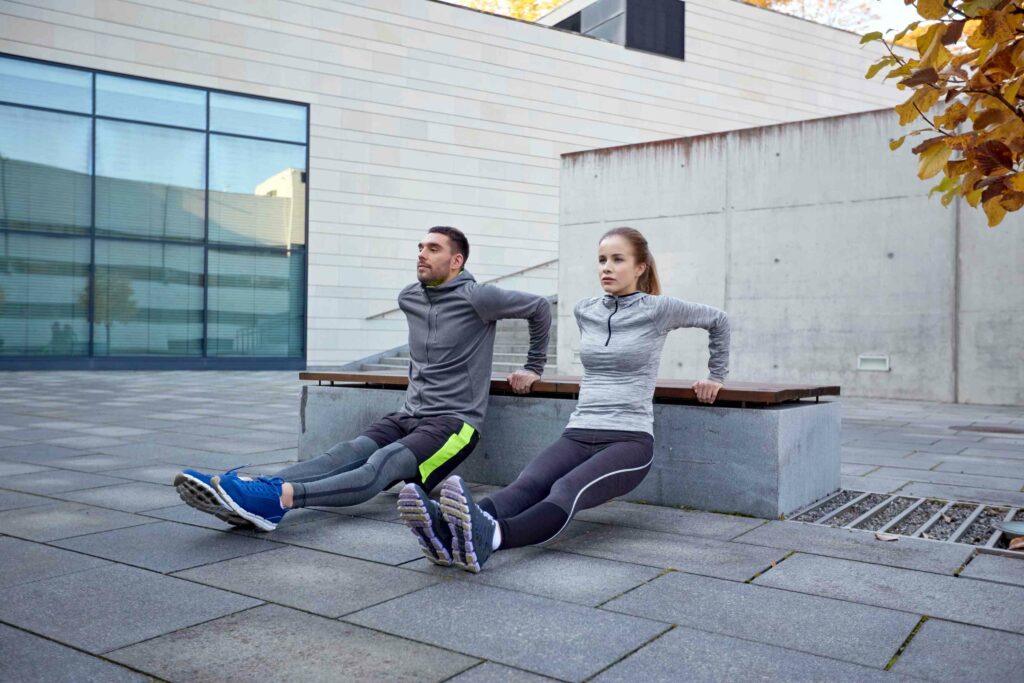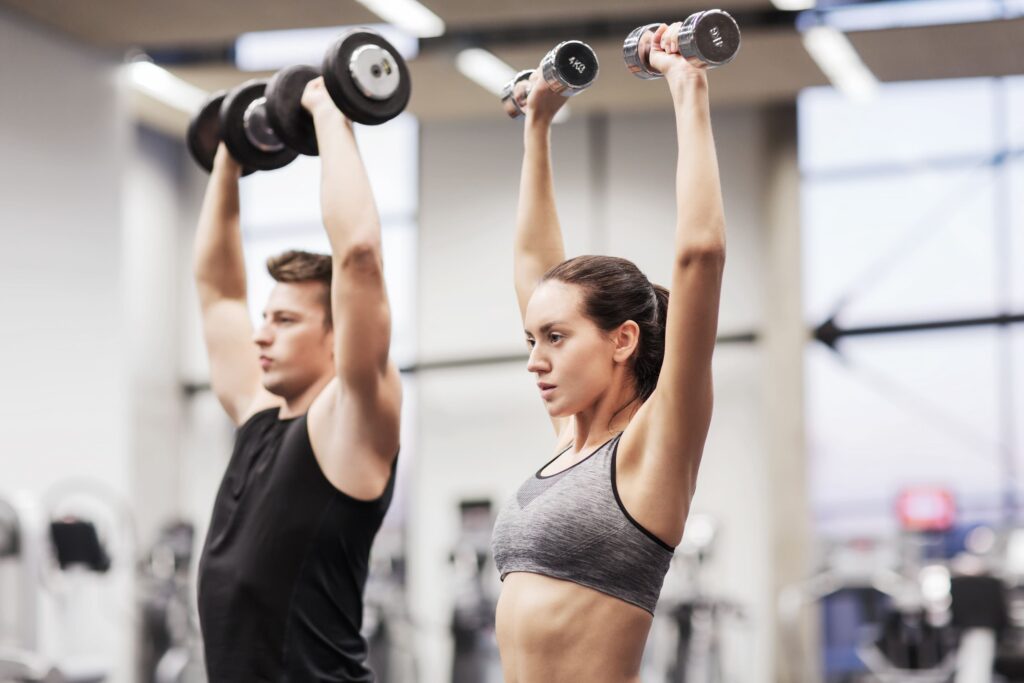There are a few areas of the body that are not particularly well done. The shoulders are one of them. Although they are the most flexible joints, they are therefore also vulnerable. As a result, shoulder problems are widespread among athletes. But with the right strategy, problems can be solved or eliminated. Here is everything you need to know about shoulder problems.
The shoulder is flexible but sensitive
No other joint is so mobile. The shoulder can rotate our arms and make them move in all four directions. But it is precisely this fantastic range of movement that also makes it so unstable. There is a disproportion between the joint head and the socket. This means that bony guidance is not always guaranteed during movements. In addition, the capsule is quite floppy. This is why shoulder problems are often the result of repeated overhead activities. In the household, these include hanging curtains, cleaning windows, or painting.
Shoulder problems among athletes
Of course, many sports provoke shoulder problems. On the one hand, this is due to the movement sequence, and on the other hand to the training required for it. However, shoulder problems are pervasive in the following sports:
- Handball
- Tennis
- Badminton
- Squash
- American football
- Bodybuilding
- Climbing
- Wrestling
- Throwing sports in athletic
The shoulder does not like all strength exercises
Fitness exercises that are supposed to help strengthen the shoulder can also cause problems. But this usually only happens if you overdo it with the training or do not perform the exercises technically properly. Here are a few exercises that can cause problems if they are done incorrectly:
- Bench press and neck press
- Deep dips
- Training on butterfly machines
-
Bench press -
Dips -
Shoulder press
Avoiding and balancing muscular imbalances
Strong muscles are the best protection against problems with the susceptible shoulder joint. Therefore, it is essential to have an optimal balance between the chest and back muscles. Otherwise, an imbalance will quickly lead to muscular imbalances. Therefore, every exercise for the front of the upper body should be followed by an exercise for the upper back. Posture also plays an important role. You can always check this yourself by asking yourself the following questions:
- Am I standing with my shoulders tilted forward or pulled up?
- Am I pulling my shoulders back down towards my waist?
- Do I push my shoulder blades so close together that I could jam a pencil into them?
If you have answered yes to only one of these questions, it is advisable to work on your posture. If possible, get advice from someone who knows how to do this. This could be a physiotherapist, sports scientist, or sports physician.
Test your mobility with wall slides
Shoulder problems also often have to do with the widespread hunchback. An exercise called Wall Slides can help you to correct and prevent this. The exercise also trains the often neglected trapezius muscle, which is important for good posture. This is how the exercise works:
- Stand with your back against a wall.
- Your elbows are at a 90-degree angle and lean against the wall, as do the backs of your hands. It looks like “hands up”.
- While the forearms are slightly bent pressing against the wall, you push the arms up and down.
- The elbows, forearms, back of the hands, shoulder blades and entire back are in contact with the wall at all times.
- Here a link to a describing video.


